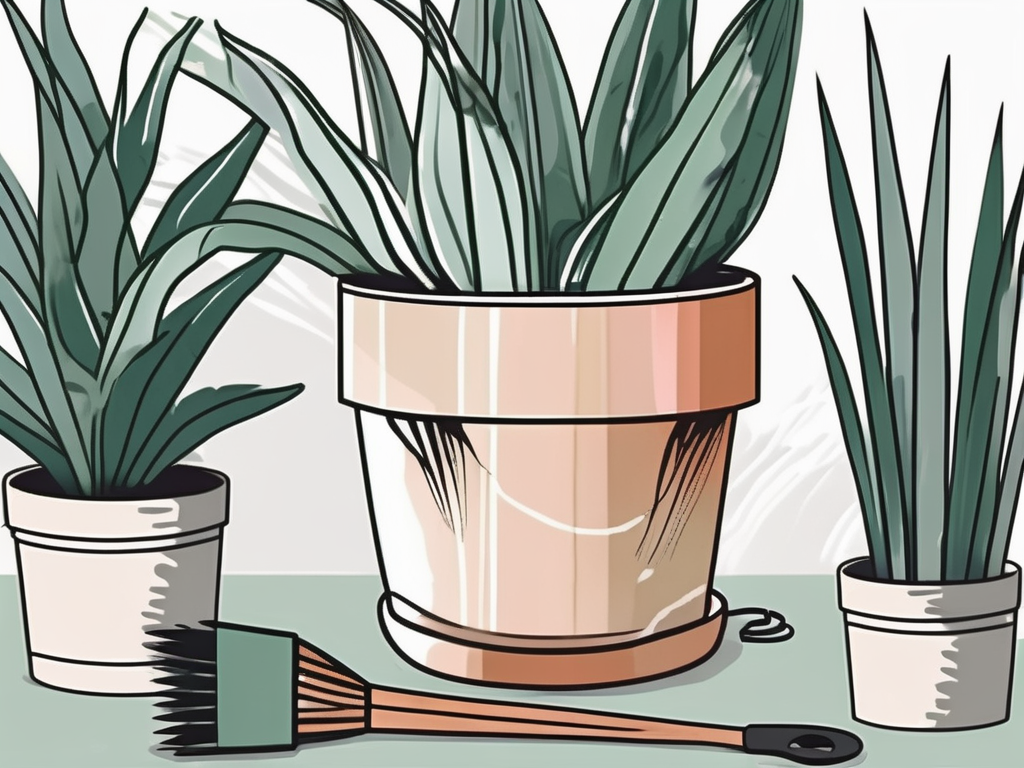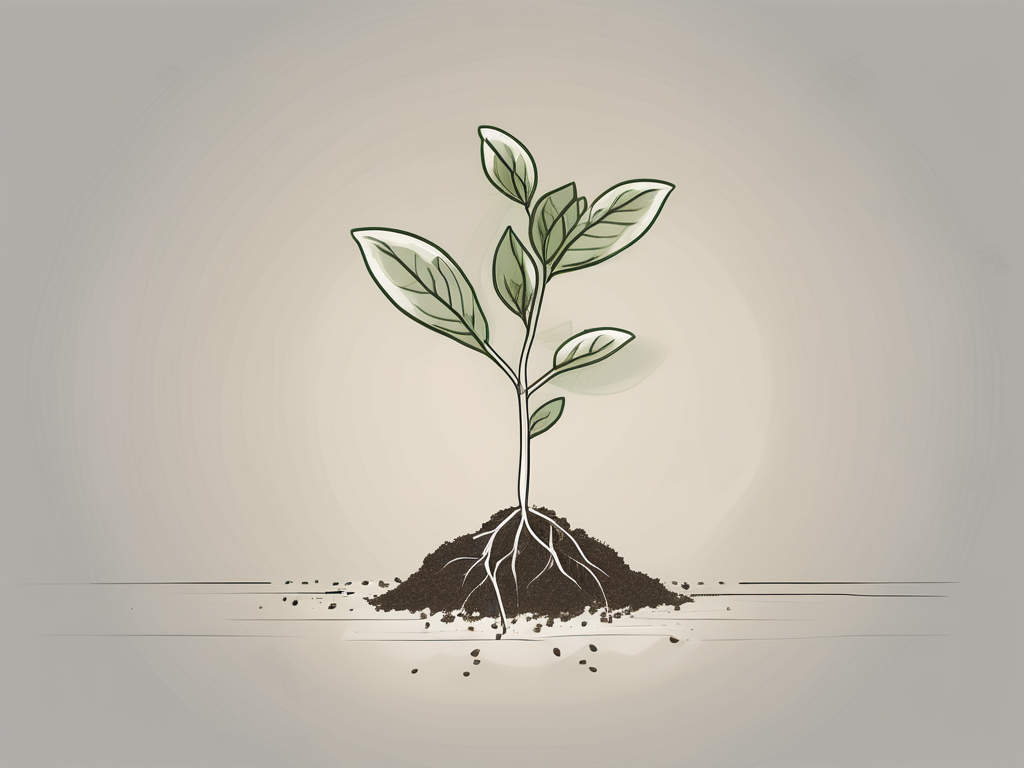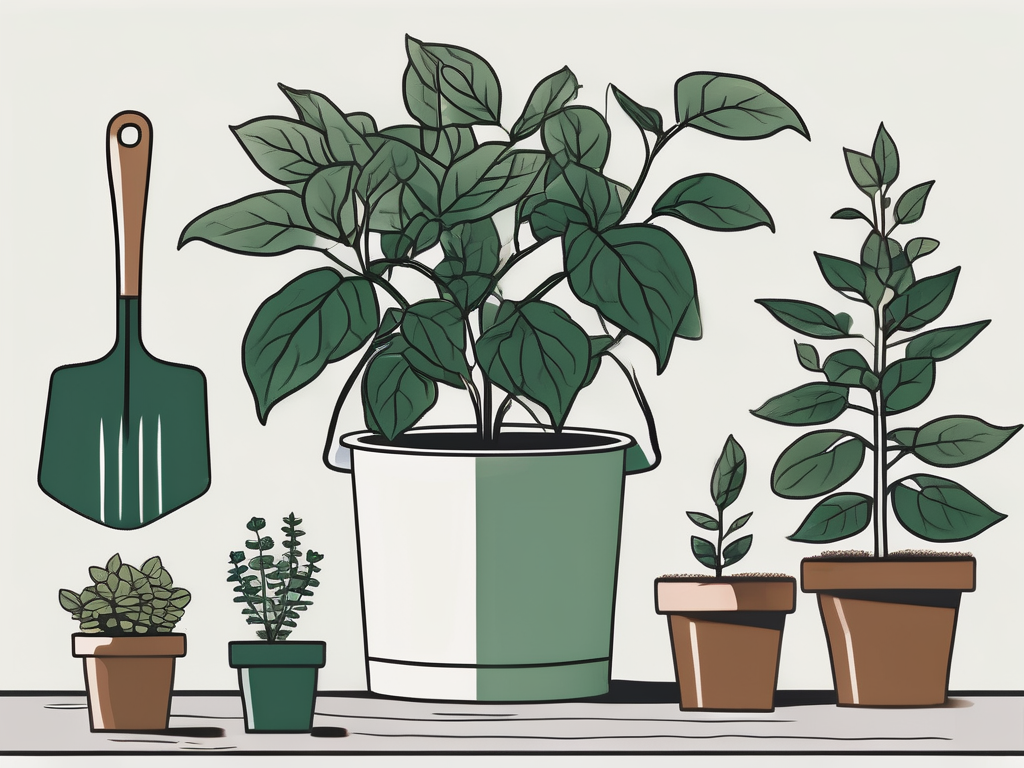
Repotting a snake plant, also known as Sansevieria, should be a straightforward task that gives your plant plenty of room to grow. But what happens when your snake plant starts looking worse for wear after a pot upgrade? If your plant is drooping, yellowing, or just not looking its best, there might be a few things going on that we need to talk about.
In this article, we’re going to cover why your snake plant might be struggling post-repotting, from soil choices to watering habits, and even the pot itself. By the end, you'll have a clearer picture of how to bring your plant back to health and get it thriving again.
Understanding Snake Plant Basics
First things first, let's get a quick rundown on the snake plant. These hardy plants, known for their striking, upright leaves, are generally low-maintenance and can tolerate a range of conditions. They’re often the go-to for plant parents who want something durable and stylish.
Snake plants thrive in indirect sunlight, though they can handle low light levels. They prefer their soil on the dry side, which means you don't have to water them very often. In fact, overwatering is one of the most common mistakes. These plants are also adaptable to a range of temperatures, making them perfect for indoor environments.
Now that we've covered the basics, let's look into why your plant might be having a tough time after its recent move.
The Importance of Proper Soil
Soil might not seem like a big deal, but for snake plants, it's crucial. These plants love well-draining soil. If the soil retains too much moisture, it can lead to root rot, which is often the culprit behind a dying snake plant.
When repotting, it's best to use a cactus or succulent mix, which usually contains sand or perlite to improve drainage. Avoid using regular potting soil unless you mix in something to help with drainage. If your snake plant's leaves are turning mushy at the base, it might be sitting in waterlogged soil.
- Check the soil mix: If you used regular potting soil, consider repotting again with a well-draining mix.
- Adjust watering habits: Wait until the soil is completely dry before watering again.
Remember, it's easier for a snake plant to recover from underwatering than overwatering.
Choosing the Right Pot
Believe it or not, the pot you choose can make a big difference. Snake plants need pots with good drainage to prevent water from collecting at the bottom. If your pot doesn’t have drainage holes, it’s time for a change.
Terracotta pots are often recommended because they’re porous, allowing moisture to evaporate more easily. This can help prevent overwatering issues. If you prefer decorative pots without drainage holes, consider using them as outer cachepots and keeping your plant in a plastic inner pot with holes.
- Opt for pots with drainage: This helps excess water escape.
- Consider pot material: Terracotta can help with moisture control.
Choosing the right pot can save your plant from the dreaded root rot.
Watering Wisely
Watering can be a tricky balance, especially after repotting. Snake plants are succulents, meaning they store water in their leaves. They don’t need frequent watering, and overwatering is often their downfall.
After repotting, the plant might need time to adjust, so don’t rush to water it immediately. Make sure the soil is dry before giving it a drink. During the growing season, you can water every couple of weeks, but in winter, once a month might be enough.
- Check soil moisture: Stick your finger in the soil to see if it’s dry.
- Adjust frequency: Less frequent watering is usually better.
Think of your snake plant like a camel—it’s better to err on the side of caution with watering.
Light Conditions Matter
While snake plants are pretty forgiving with light, a sudden change in lighting conditions after repotting can stress them out. If you’ve moved your plant to a new location with different light, that might be part of the problem.
Snake plants prefer bright, indirect light. Direct sunlight can scorch their leaves, while too little light can slow their growth. If your plant looked healthy before the move, try to replicate those light conditions in its new spot.
- Avoid direct sun: It can cause leaf burn.
- Aim for consistency: Keep light levels stable.
Finding the sweet spot for your plant’s light needs might require a bit of experimentation.
Dealing with Transplant Shock
Transplant shock is a common issue when repotting plants. Moving a plant disrupts its roots, and snake plants are no exception. This stress can cause drooping, yellowing, or stunted growth.
To minimize shock, handle the roots gently and avoid damaging them during the process. If you’ve already repotted and notice signs of stress, give your plant a little TLC by ensuring optimal light, soil, and watering conditions.
- Be gentle with roots: Handle them carefully to avoid damage.
- Provide stable conditions: Consistency helps recovery.
Patience is key here—your plant might just need a little time to settle in.
Pest Problems
Sometimes, repotting can unearth some unwelcome guests. Pests like spider mites or mealybugs can wreak havoc on your snake plant, making it look sickly.
Inspect your plant for any signs of infestation. Look for webbing, tiny insects, or sticky residue on the leaves. If you spot pests, treat your plant with insecticidal soap or neem oil. Be sure to follow up with regular checks to ensure they don’t return.
- Inspect regularly: Look for signs of pests on leaves.
- Treat promptly: Use gentle pest control methods.
Keeping a watchful eye on your plant can prevent small pest problems from becoming big headaches.
Temperature and Humidity Considerations
Snake plants are pretty resilient, but extreme temperatures or humidity levels can be challenging, especially after repotting. They prefer temperatures between 60-80°F (15-27°C) and can suffer if it gets too cold or too hot.
Additionally, while they can tolerate low humidity, drastic changes in humidity might affect them. If you’ve moved your plant to a new spot that’s drafty or too close to a heat source, it might be time to find a more stable environment.
- Keep temperatures mild: Avoid drafts or direct heat sources.
- Monitor humidity: Sudden changes can stress your plant.
Creating a comfortable environment can make a world of difference for your snake plant’s recovery.
Reassessing Fertilizer Use
Fertilizer can be a tricky thing with snake plants. While they don’t require much feeding, especially in the colder months, a little boost during the growing season can be beneficial. However, over-fertilizing can lead to salt buildup in the soil, which might harm your plant.
If you've fertilized your plant recently and it's not looking great, it might be worth flushing the soil with water to remove any excess salts. Going forward, use a balanced fertilizer sparingly during the growing months.
- Use fertilizers sparingly: Only during the growing season.
- Flush soil if needed: Remove any salt buildup with water.
A little goes a long way when it comes to feeding snake plants.
Final Thoughts
Repotting can be a bit of a shock for snake plants, but with some patience and adjustments, they can bounce back beautifully. From choosing the right soil and pot to adjusting light and watering habits, there are many factors to consider. Be mindful of each aspect, and your plant will thank you with vibrant, healthy growth.
At Cafe Planta, we’re all about helping you keep your plants happy and healthy. Whether you need a new plant friend or some advice on plant care, we’re here for you. Feel free to reach out via email or connect with us on Instagram. We believe plants have the power to bring joy and connection into our lives, and we're excited to share that journey with you!












